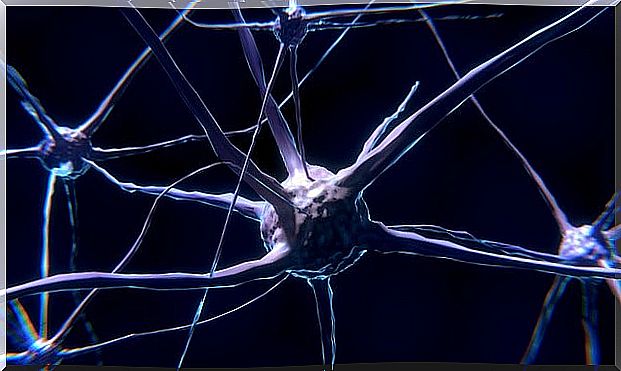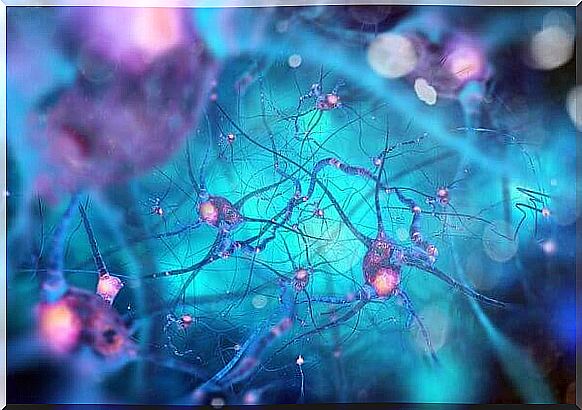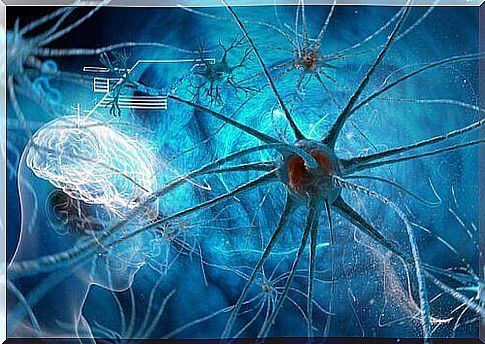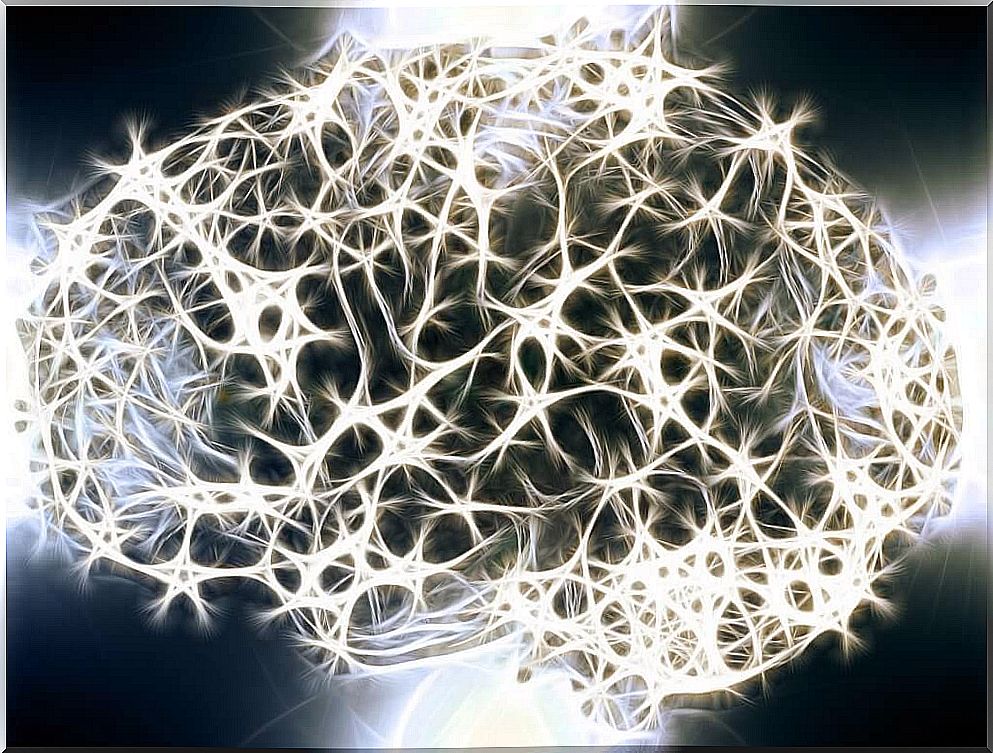The Neuron: Characteristics And Functioning

The neuron is the fundamental functional unit of the nervous system. Our behavior and cognition ultimately depend on how it works and how each neuron is able to relate to its “colleagues”. These small nerve cells are what constitute our biological substrate at the psychological level, the basis of our emotions and our thoughts.
First of all, it is essential to know that all neurons have the same genetic information as the rest of the cells in the body and that they also have the same basic elements in their structure (membrane, nucleus, organelles, etc.). What differentiates them from other cells is the place they occupy in the neural network. This enables them to carry out the basic processes of receiving, processing and transmitting information.
To understand what a neuron is, it is very important to know its structure and synaptic functioning. Both aspects will help us understand why they cluster together the way they do and how they convey information through the brain. For this reason, we will explain in this article the structure of the neuron and the synapse.

Neuron structure
Although there are different types of neurons with different structures, we can observe some common elements among them. The typical structure is that which is formed by three fundamental parts: the soma, the dendrites and the axon. This anatomy allows it to fulfill its functions of connectivity and information management.
Before explaining each of these parts, it is interesting to mention the peculiarity of its membrane. The permeability of the latter is different from the rest of the cells in the body, which allows neurons to respond to stimuli in their environment. Thanks to this, the electrical impulse generated in them can travel to other cells or tissues.
The different parts of the neuron
The central part of the neuron is the soma, the place where all metabolic activity takes place. The soma contains the cell nucleus as well as another set of cell microstructures and organelles, responsible for the survival of the neuron.
Dendrites are branches that originate from the neuronal soma and give the nerve cell a tree-like appearance. They are the main area for receiving information. The dendritic tree has several bifurcations that allow a neuron to connect to and communicate with the axons of other neurons. The information is transmitted by the fact that the dendrites have a series of neuroreceptors all along their membrane. Although communication is commonly axon-dendrite, other types can also occur (axon-axon or axon-soma).
The axon comes from the soma from a thick segment called the axon cone. The function of the latter is to integrate all the information captured by the neuron, then to transmit it to others. At the end of the axon are what we call terminal buttons, which are responsible for connecting with the dendrites of other neurons.

Synapses or neural communication
Once we understand what the structure of the neuron is, it is essential to understand how they communicate with each other. The communication of neurons is carried out through the synapse. The latter usually occurs through the axon-dendrite connection but, as we mentioned above, another type of communication can take place.
At the morpho-functional level, communication is classified into electrical synapses or chemical synapses. And although we can find a variety of electrical synapses, especially in smooth muscle connections, the vast majority of synapses in the mammalian nervous system are chemical in nature.
Structures of ionic channels that bind neurons and allow the passage of electric current between them are involved in electrical synapses. The advantage of this synapse over the chemical synapse is that there is no delay in the transmission of information. The downside is that the quality and capacity of the information is much poorer than in any other type of synapse.
In chemical synapses, the essential aspect is the existence of substances called neurotransmitters or neuromodulators (such as dopamine). These substances are stored in the pending order release. Once they are detached in the interstitial space of two neurons, these neurotransmitters attach themselves to a series of receptors that modulate neuronal activity. There are many neurotransmitters, each with different consequences and how they work.
The in-depth study of the structure and synapses of neurons helps us explain a multitude of processes. Thanks to research in neuroscience, we have learned to know in depth the neural mechanisms of learning, perception, emotion, etc.










